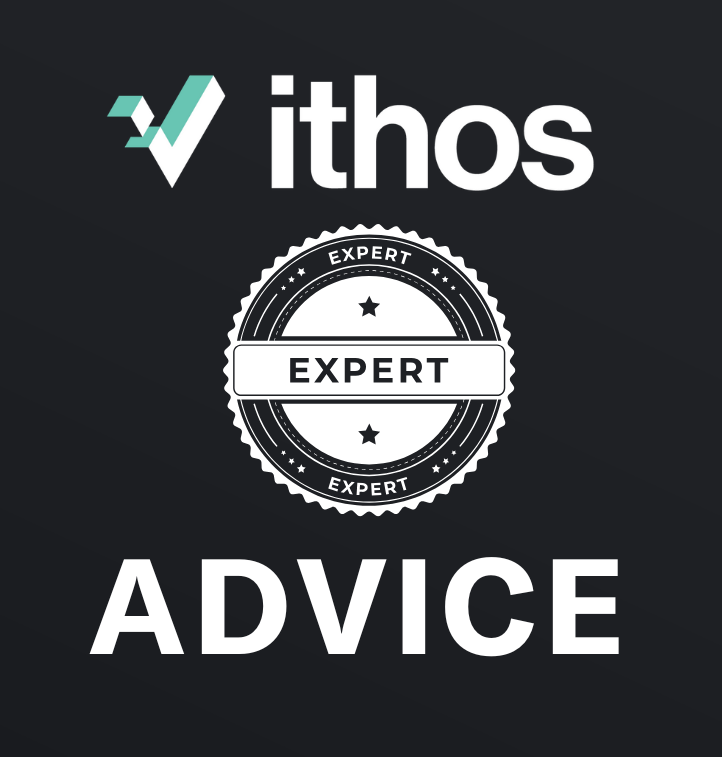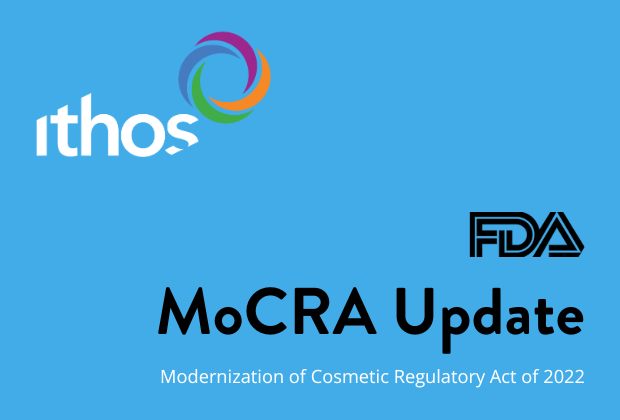When a Brand is partnering with a Third Party Manufacturer (TPM), one of the most critical aspects of this partnership’s success is the handling of documentation.
Key Takeaways
Let’s dive into the four key items you need to know:
#1: Be specific about what your brand needs
TPMs collect and work with various types of documentation depending on the product type and its regulatory requirements. These documents can range from raw material documents, batch records, finished good testing reports, and compliance certifications. Before reaching out for documents, be clear about exactly what you need and your expectations for the language and technical information needed for each document. This will help the manufacturer locate the relevant documentation more quickly and reduce back-and-forth communication. TPMs also appreciate when brands provide a list of the required documentation during the NPD process or as early as possible. This helps TPMs understand the brand’s expectations in advance and ensures they have ample time to request or supply the required documents.
As a best practice, prior to working with a TPM, you should also consider the review of documentation requirements as part of your contract discussions.
Get Ithos’s free assessment of your documentation
Reach out to discuss recommendations on what document types should be standard, where you have gaps, and what others will enable future growth.
#2: Understanding the timeline
Requesting documentation is not always a quick process. Depending on the type of document, the manufacturer may need to retrieve it from different departments, third party labs, or raw material suppliers and manufacturers. Documents such as those pertaining to raw materials might take weeks to gather. Similarly, a batch record might require some time if it is tied to a specific document in production that needs to be completed.
Your manufacturer will typically provide an estimated timeframe for when you can expect the requested documentation. Be sure to factor in this lead time into your project timeline and avoid last-minute requests whenever possible. If you’re in a rush, ask if there’s an expedited process for obtaining certain documents.
#3: Consider compliance and documentation complexity
Cosmetic products are often subject to multiple regulations depending on where they will be marketed. For instance, products sold in the U.S. need to comply with FDA regulations, while European markets have their own set of rules under the Cosmetics Regulation (EC) No 1223/2009. TPMs need to ensure that they provide the correct documentation for the specific market you intend to sell in.
It’s crucial to have a basic understanding of the regulatory landscape in the regions where your product will be distributed. The more informed you are about the requirements, the smoother the documentation request process will be. Make sure your manufacturer knows your market and what documentation is necessary for it.
#4: Know what’s not included
There may be certain documents that your manufacturer is unable or unwilling to provide due to confidentiality or proprietary reasons. For example, they may not share detailed formulations, supplier information, or processes that could jeopardize their intellectual property.
Be aware that some information, while essential for your product’s development, might fall outside the scope of what they are legally obligated to share. If you need this type of information for specific regulatory reasons (like when registering a product with a regulatory agency), be upfront about it from the start, and discuss the best way to handle it with your TPM.
Ithos Expert Advice

Documentation is a vital aspect of the cosmetic manufacturing process ensuring regulatory compliance, product quality, and legal safety. By understanding your TPM’s processes, expectations, and level of expertise when it comes to documentation requests, you can prevent delays, avoid miscommunication, and maintain a positive working relationship.







